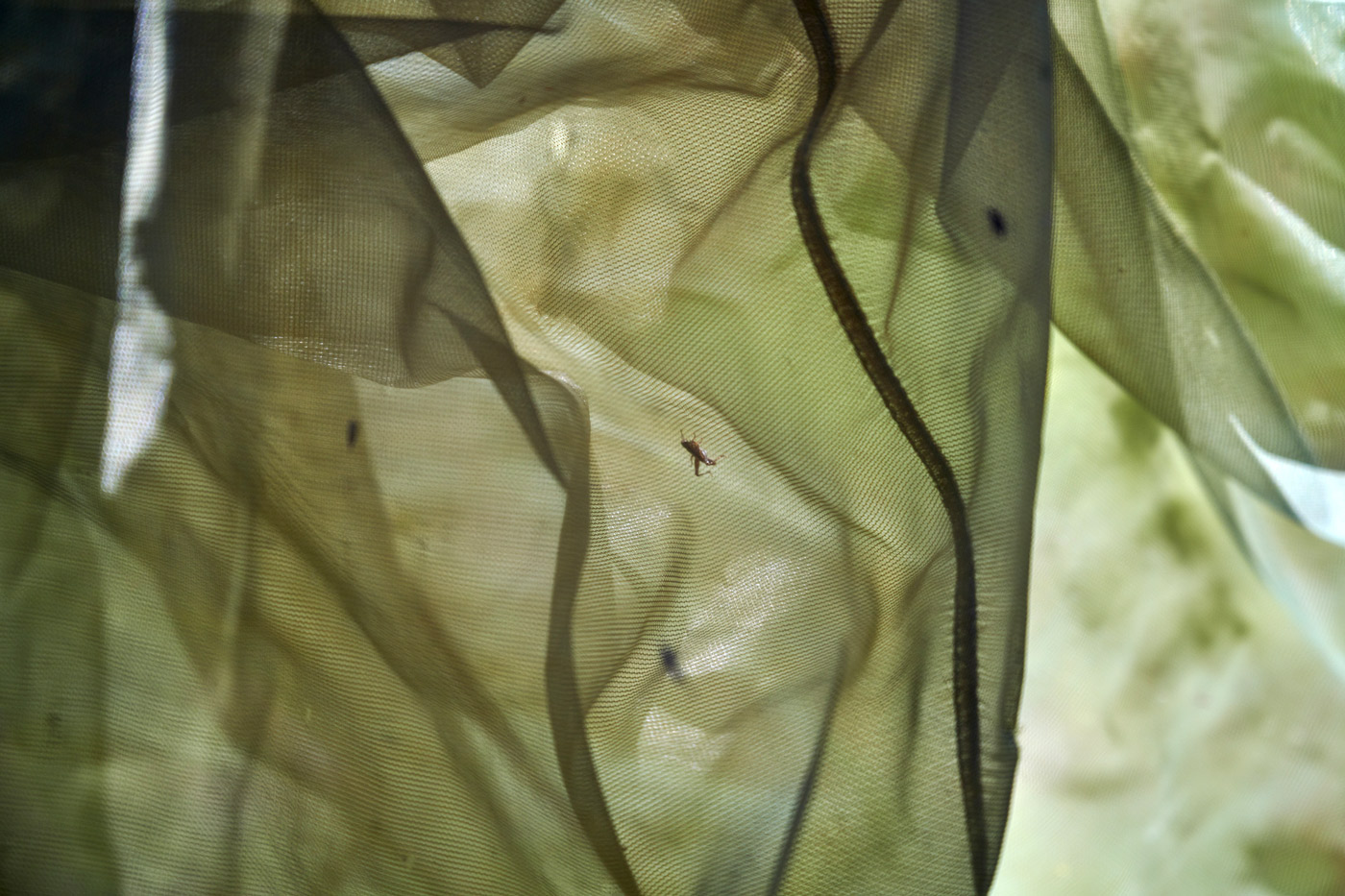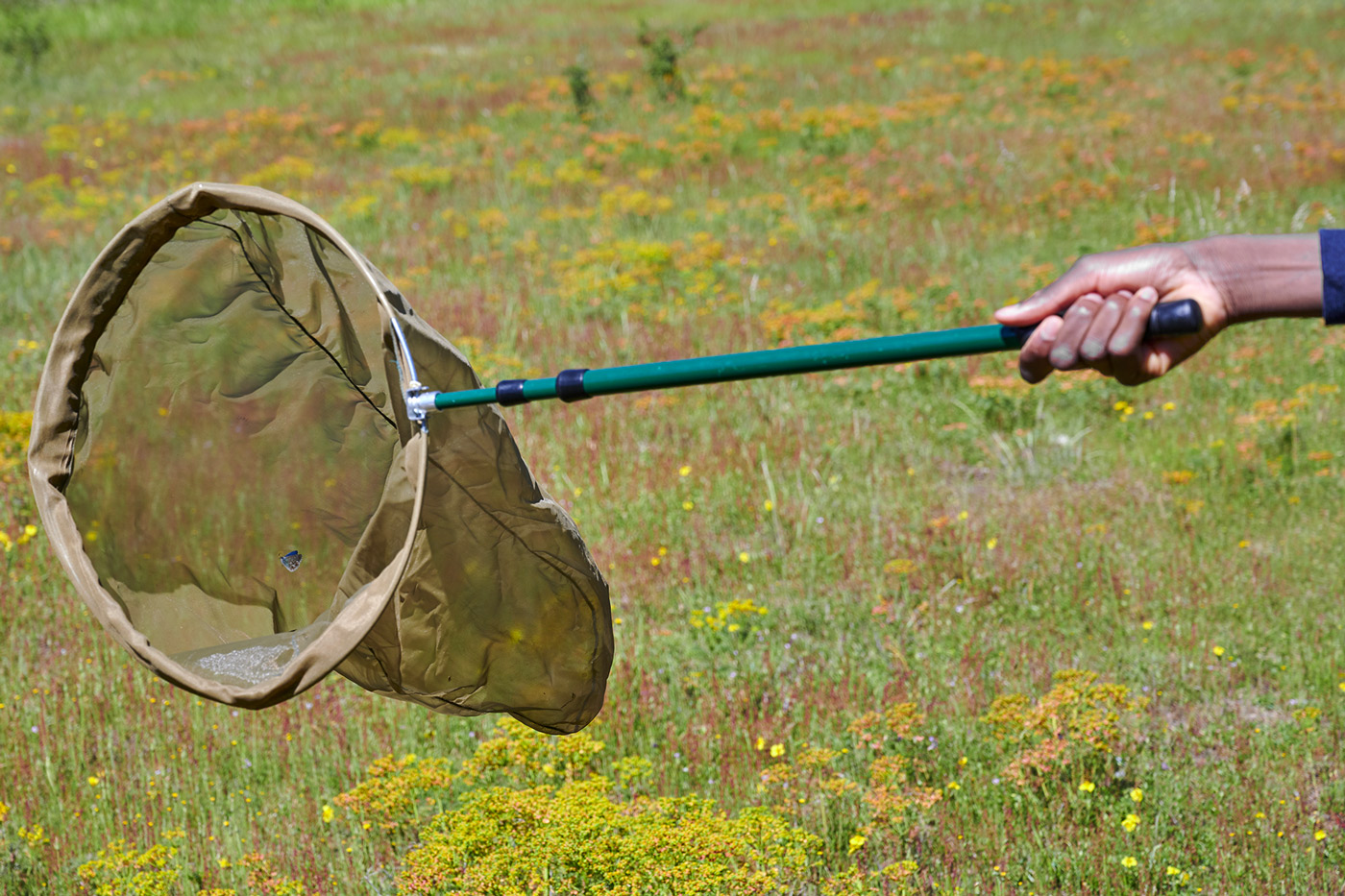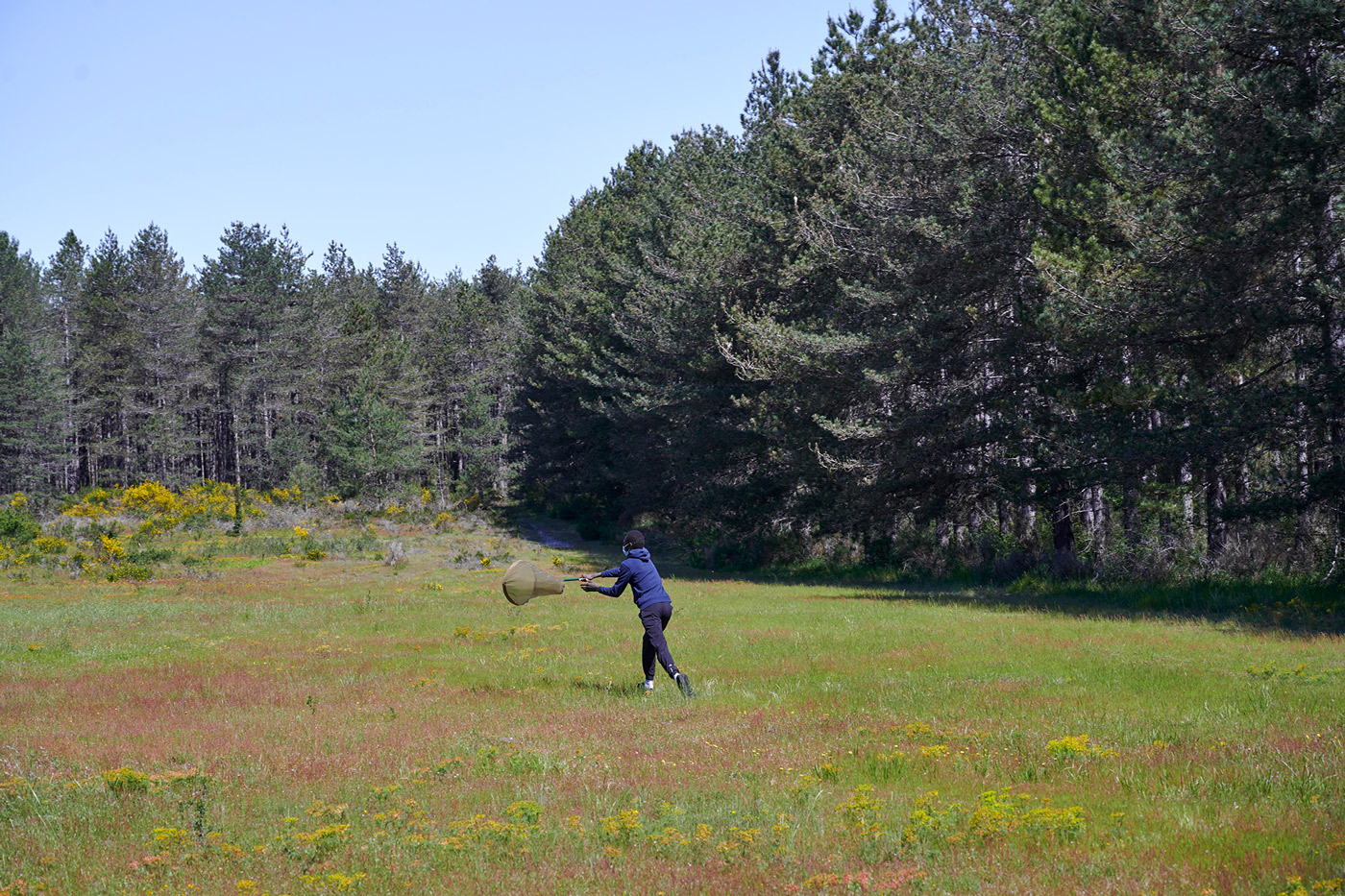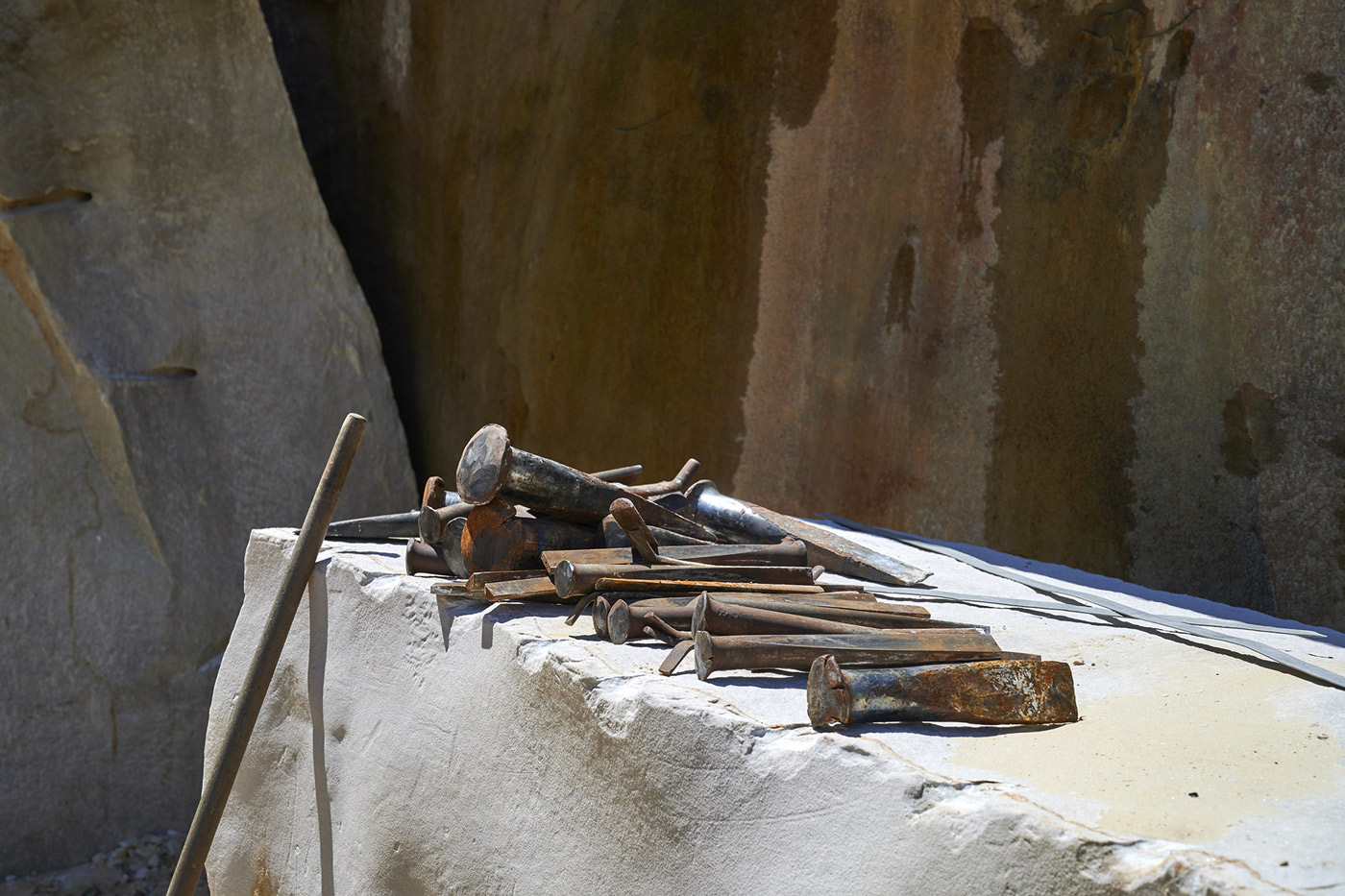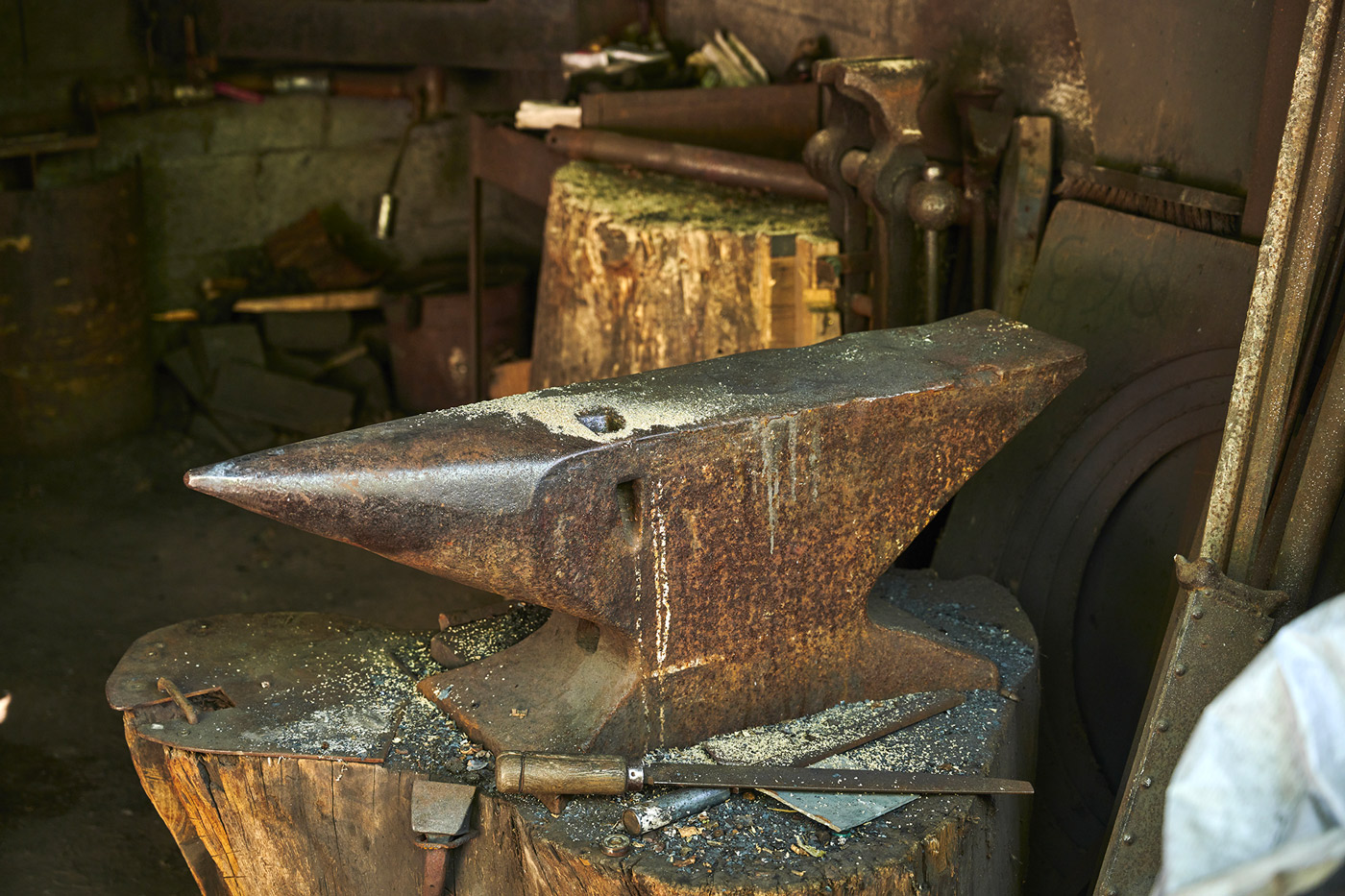- 2024
- 2023
- Ligne d'air
- 2022
- 2021
- The Forest System
- 2020
- A place to read
- Counterfactual
- Deep Sleep
- Fixing Sounds
- Ghost Populations
- Grey Matter
- Humanities
- Impôts.gouv
- My Precious One
- OK computer
- One for all
- Perfect Match
- Personal Borders
- Trial by fire
- Unconscious
- 2019
- Anonymous
- Daily science
- Houston 69
- Image and text
- La santé autrement
- Parts and labour
- Playing with fire
- Plu-present
- The art factory
- The legend factory
- The nuclear effect
- Unique every time
- Vertical
- What exactly is happiness?
- striking a chord
- 2018
- Animal images
- Connections
- Current affairs
- Extra space
- Les courts circuits
- Metamorphoses
- Off ground
- Playing with fire
- The Earth quakes
- The life of rays
- The ocean phenomenon
- The scope of cinema
- The struggle continues
- Top model
- Traces
- What is peace?
- 2017
- All about the climate
- Artistic territory
- Cars
- In all probability
- Inner journey
- Letter to a friend
- Planetarium
- Plants and us
- Polyptics
- Poster child
- Propagation of monotony
- Rocks unlimited
- Tour operator
- We, the presidents
- Youth culture
- 2016
- 3D universe
- Art curator
- Bioethics
- Colours
- Community radio
- Different books - digital design
- Different books - paper design
- Hands on
- Images - Mémoires
- In all probability
- Landscapes
- Meteors
- Microscopic
- Mirages
- Pantone Food
- The great outdoors
- The idiots' guide to teenagers
- The night
- There were several of them
- Under the surface
- 2015
- Books otherwise
- By prescription
- Denim
- Feet on the ground
- Intermediate schools in France
- Meteorologists
- Occupation: inventor
- Outdoors
- Sweet treats
- The art of love
- The climate in fiction
- To be completed
- Universal light
- Urban life
- What is today?
- Words and music
- 2014
- Are you modern?
- Aroma research
- Calculating sound
- Digital dreams
- Female landscape
- Hung up
- Infinite at top speed
- Les Grandes Tables
- Life in the laboratory
- Listening to the sacred
- Short trips into the working world
- The age of the earth
- Use and reuse
- Water
- Words and music
- Words and things
- 2013
- Aroma research
- As if by chance
- Behind the screen
- By what right?
- In praise of mixity
- Infinity at top speed
- Listening to the sacred
- Looking at animals
- Mass markets
- Memory
- On promotion
- Once upon a time: Art
- Segami
- Sensitive boundary
- Short trips into the working world
- The French factory
- Truth in sport
- 2012
- A simple movement
- Animalia
- Archigram
- Babel
- By what right ?
- Call it anything
- Dinner's served!
- Experience of the world
- Found objects
- Money
- Once upon a time: Art
- Perceptible split
- Phenomena
- Serious games
- Television
- Warmly dressed
- 2011
- Animalia
- Balance of power
- Breathless
- Chemistry year
- Cities and architectures
- Eurêka
- Experience of the world
- Food
- Found objects
- Homepage
- Once upon a time
- Public life
- Television
- Under constraint
- Video games
- Vostok
- What to wear
- 2010
- Chimie en cuisine
- Eurêka
- Evolution
- Jeux vidéo
- La bioéthique
- La richesse - philosophie
- La richesse - sociologie
- Les adolescents - photographie
- Les adolescents - sociologie
- Objets trouvés
- Quel grand Paris?
- Rapprochement des cultures
- Sous contraintes
- Télévision
- Village global
The Forest System
Since 2009, the Seine-Saint-Denis County Council has been backing “la Culture et l’Art au Collège (CAC)”. This project is based to a large extent on the presence in class for several weeks (40 hours) of an artist or scientist whose mission is to engage the students in a process of research and creation.
Contributors:
Ecologists, geologists, botanists, historians
Project Managers:
Lucille Negre, Florise Pagès, Mathieu Marion
Objectives:
The question is not “what is a forest?” but rather “what is this forest?” - the forest in which the students are invited to spend four days of observation alongside various experts and the main contributor, an ecologist.
Workshops:
DAY 1
How do we read a forest’s history? What traces are there of its past? Examining the famous “Bilboquet Bloc” and the Apremont outcrops, the class travels back in time to the forest’s earliest history. With the ENS Geology Laboratory, the students study samples of “Fontainebleau” sand, sandstone and limestone to find, for example, traces of the sea’s invasion 35 million years ago. With the team from GERSAR (the Studies, Research and Rock Art Preservation Group), the students explore rock engravings dating back to the Neolithic Age.
DAY 2
With the contributor, the group discovers the wealth of plant biodiversity living in the Fontainebleau Forest depending on its different environments (resinous woodland, sandy paths, wetlands, rocky sectors). How are these species connected? Oak, beech, mushrooms, moss, ivy and ferns form an ecosystem that the class will study, from the roots to the treetops.
DAY 3
From large mammals to insects via rodents and birds… with their contributor and an ethnologist, the students set off to seek out the animals that populate the forest. From strategic observation posts, they note any signs of their presence and discover their habitats, social behaviour, feeding patterns and interconnections. A second expedition is carried out, this time at night. In the darkness, they focus more specifically on identifying nocturnal species (moths, insects, etc.).
DAY 4
The remarkable characteristics of Fontainebleau Forest and its proximity to Paris have made this area one of the most visited forests in the Ile-de-France region with the result that it is threatened by pollution, growing urbanisation and tourism. With a climatologist from the Dynamic Meteorology Laboratory, the students learn about the consequences of global warming on this ecosystem: woodland density, carbon and nitrogen quantities, drought, etc. A meeting with the ONF (France’s National Forestry Office) highlights the impact of tourism on forests and the conservation methods the ONF uses to protect this area.
Participating Schools:
- AUGUSTE DELAUNE, BOBIGNY
- JEAN LURÇAT, SAINT DENIS
- JEAN VIGO, EPINAY SUR SEINE
- JORISSEN, DRANCY
- PAUL LANGEVIN, DRANCY
Photos: DAMIEN DELDICQUE, JÉRÔME AUBRY & ALEXANDRE SCHUBNEL, LABORATOIRE DE GÉOLOGIE DE L’ENS PARIS.
